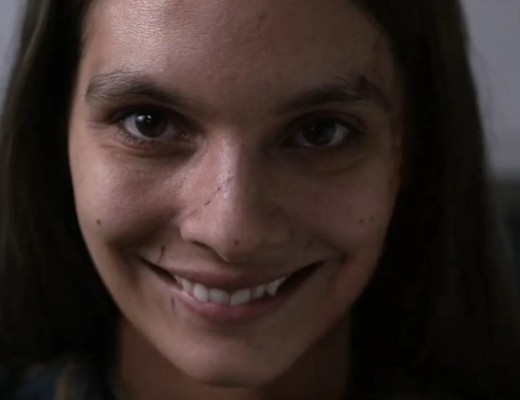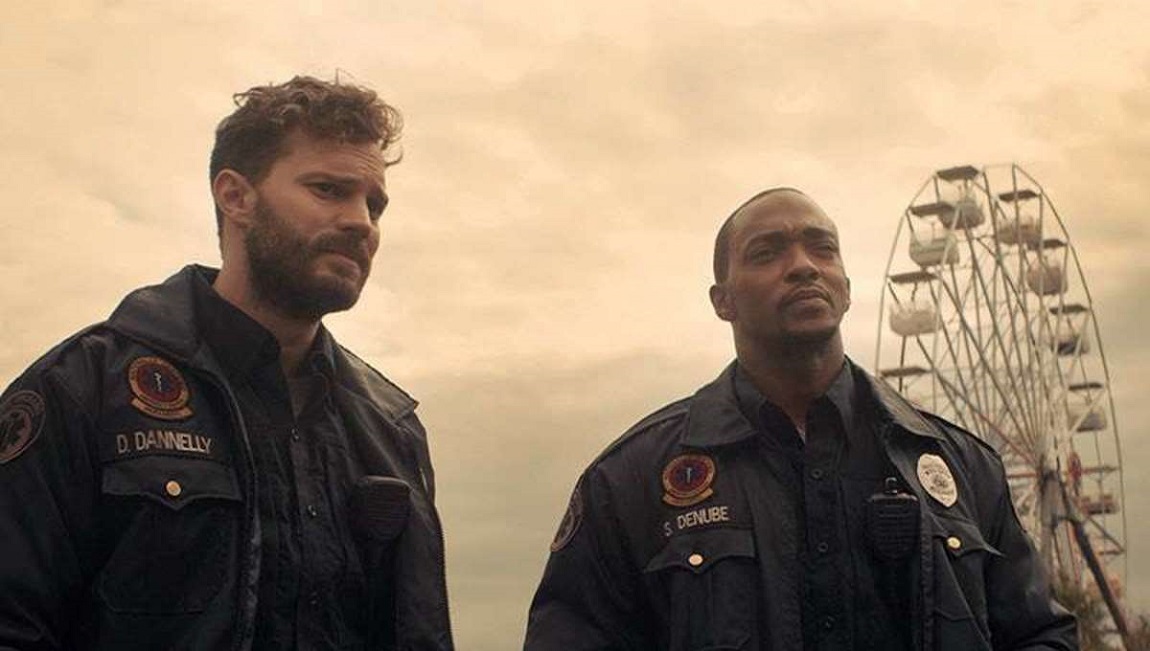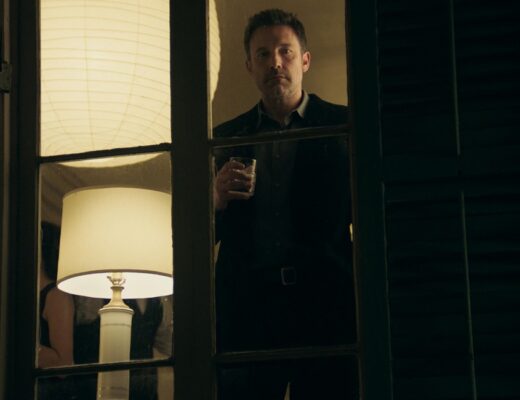The Works and Days is a gargantuan feat, one that ruminates on life’s impermanence and rewards viewers willing to spend time in its company.
What does it really mean to “give your time” for someone or something? To share what precious, finite moments one has with another in an act of mutual understanding and respect, and to ultimately gain a richer awareness of humanity’s multifariousness in the process. Yet, almost paradoxically, the phrase, which is normally spoken in the first-person, often connotes loss, suggesting an inherently selfish mode of rationalization: that what could have been accomplished for oneself has now been expended onto others. Add to this the fact that being with anyone — a friend, relative, co-worker, neighbour — for a protracted period of time in a unchanging atmosphere only exacerbates the feeling, one of slow inner deterioration that begins to build regrets. When you “give your time” to others, it’s usually when they need assistance: when they’re stuck in a financial rut, when they’re moving, when they’re getting married, having children, and then eventually dying. Rarely does one give their time in the name of having fun, but usually as a basic sign of respect and human decency — the bare minimum that people deserve with their precarious lives.
It’s from these existential concerns that The Works and Days (of Tayoko Shiojiri in the Shiotani Basin) emerges to ask viewers for their time, albeit a bit more than what’s ordinarily requested: a whopping eight hours of it, with two lengthy intermissions to allow for some breathing room. With a runtime that would be rather intimidating to most movie-goers — as it stands, this currently ranks as the twelfth longest cinematic work ever made — one might expect some uber-intense inscrutable art house endurance test to commence right after the title credits. But those worries should be put to rest: This is by no means a terribly difficult film in any real capacity; it’s not a demanding intellectual exercise, or even one that requires you to remember much beyond some basic plot details. It’s not even that boring as far as most slow cinema projects go, as co-director C.W. Winter (who’s credited as the film’s sole editor; the other director here is Anders Edström) keeps the pace moving briskly enough through the gentle internal rhythms of his editing structure. There’s no on-screen violence, no rampant nudity, nothing extreme in any direction — it’s depressing, but in a sedated way that creeps up and subsumes you by the end. The only major barrier to entry is the aforementioned “giving” of time needed to proceed: to sit and watch an object for an intense period of time and reflect on the event, which is practically necessary for the film’s potency to take hold. With this meditative method, it feels more like living an organic experience, with occasional kernels of profound insight sticking out from the haze of ordinariness.
Except here, that cosmic and communal uniformity manifests into something completely out of the ordinary. First, in terms of practice: The film introduces itself as a documentary of sorts, though that isn’t completely accurate. While filmed on location in Japan’s Shiotani Basin and shot over a period of two years, the human drama seen throughout are staged reenactments of the villager’s daily lives, with the real-life residents of the mountain-side village playing themselves. So perhaps calling it a piece of hybrid-fiction might be a better descriptor. But it would be even more accurate to say that while the work as a whole has a fabricated quality about itself, it uses the practice, appearance, and staging of a documentary in order to avoid confining the film to a traditional narrative. When a conflict does emerge, after about three hours, concerning the titular Tayoko Shiojiri and her slowly ailing husband Junji (played by Kaoru Iwahana, as the real counterpart died before filming started), it feels almost secondary compared to Works and Days’ more aesthetically-minded end goals.
Like perhaps no other filmic work in recent memory, Works and Days defines, in concrete and precise terms, what it means to simply exist within a physically-defined space, at least on a sound and image level. Winter and Edström’s compositions are rich and varied, often crammed with meticulous textural details inside houses — shoes cluttered on floors, dust accumulating on kitchen counters, clothing hanging and stuffed in closets — and equally as precise when capturing expansive, meditative landscapes (James Benning is thanked in the end credits, which feels entirely appropriate). They display such clear intentionality with each shot — the geometric layouts they employ during some of the party scenes are immensely impressive in this regard, especially considering how well a lot of non-professional actors are able to operate within the crammed diegesis — that it becomes easy to be disarmed by the experience as a whole, with each hypnotic movement only solidifying the film’s formal dexterity. There are also the constant sound collages, which are remarkable in their defined tonal character across multiple mixed audio channels, and their overall design becomes an integral part of the film itself. Light itself also becomes a crucial element in both cases, as some night scenes are shot in total darkness, with only bare flickers in the distance providing any visual cues as to what’s happening. For once, it’s not sound being subservient to the image, but the two being on equal footing.
Even with all of that said — and with a full understanding of the objective behind the film’s expansive length — there is a juncture at which the film begins to reach a point of diminishing returns, which is about the time where Tayoko becomes more of a focal point within the tapestry of the film’s structure. Edström is her son-in-law, and the immense amount of patience and generosity he’s shown to her as she works through the death of her former husband is certainly commendable, but feels oddly obtrusive — which is proof of how ethereal the film has been up to this moment — and provides the film with something of a predetermined end goal after a while. This isn’t to suggest that the point it arrives at isn’t well-earned or doesn’t work, or even makes what’s occurred any less poignant in its placidly; if anything, the resolution provided attempts to provide the real-life Tayoko with an opportunity to make peace with her deceased husband, to right any remaining wrongs in a life filled, as she defines it, with remorse over past actions. When we last see her, she’s giving some leftovers to a neighbor. She then walks back home, and eventually out of frame, yet still very much in a “real” version of the Shiotani Basin she calls home.
To go back to the opening question once more, what does it mean to “give up” your time in this specific context? To “give up” 480 minutes here is to become accustomed to a way of life that is at once foreign and fleeting, with the death of one resident serving as a microcosm for an entire way of life that is slowly disappearing. Winter and Edström have asked for eight hours from us to ruminate on life’s impermanence and the rewards for those willing to give their time are more than satisfying. For those who are on the fence about witnessing a cinematic vision this absolute, consider this anecdote: During a 1978 interview with Esther Harriot, Hollis Frampton was told that Last Year at Marienbad had “irritated” Harriot and drove her crazy because of its narrative incongruities. To this, Frampton replied “Irritation, of course, can be salubrious. There’s the irritation of the grain of sand that produced the pearl in the oyster.” By this same token, the time The Works and Days (of Tayoko Shiojiri in the Shiotani Basin) asks of you can be conceptualized the same way: as the precise accumulation of experience needed in order to eventually produce something precious.







